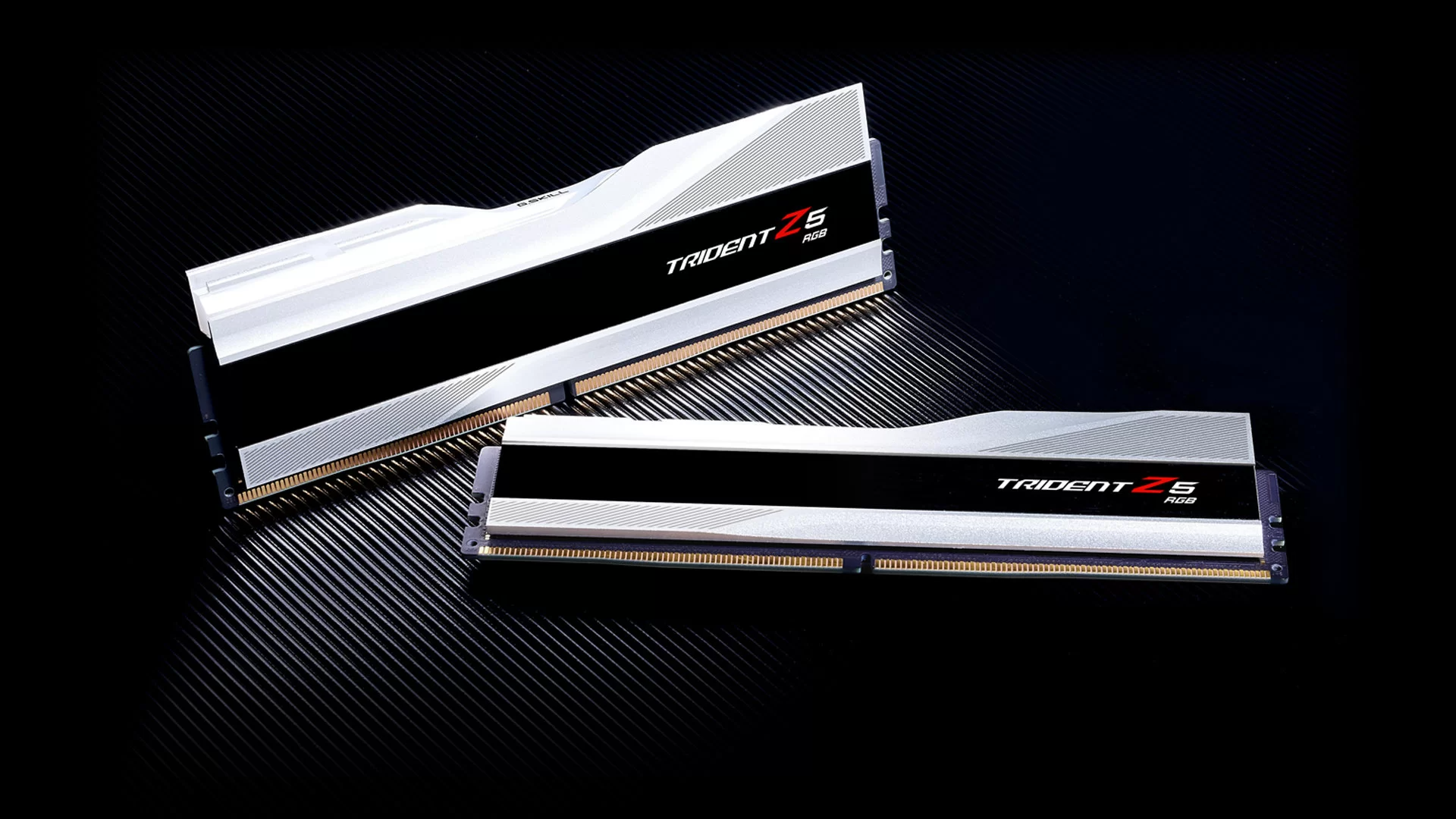As of today, AMD leads the charts with their 6000 MT/S or 6000 Mhz memory modules, but Intel doesn’t have the same limitations (although the readings and stats are very general). G.Skill has been a favorite for some time with many of its high speed memory modules and the last one that was announced for commercial sale has 8400 Mhz. Its launch is scheduled for this year.
The most interesting question is: does speed matter? In short, yes it does. GR’s internal testing has shown that speed and timing matter a lot, but it depends on what you’re using. In general, on Intel-based systems, it is better to have higher speed and constant synchronization, although this can cause the module to overheat.
This is where the G.Skill Trident series comes in, specifically the Z series and the RGB version. It doesn’t make much sense to choose RGB memory modules, because the LEDs inside raise the temperature even more, but G.Skills are almost always covered with aluminum and have good heat dispersion . This model is also made like this and its maximum temperature is only 33 degrees Celsius. This measurement was taken under maximum stress, using a powerful ventilation system, instead of the usual test system.
The price varies depending on several factors, but I was able to find one at a local store for €187. It’s a great price and although you have to pay extra for the RGB memory modules, there’s not much you can do about it. Compared to the competition, the prices are aggressive, but this one has the best aesthetics, in my opinion. The version we tested was black, although it also came in metallic silver. And remember, when it came out last year it was more than twice as expensive as it is now, so today’s prices are practically a bargain.
Advertisement:
Inside we can find a DDR5 module offering CL32-39-39-102 and of course with XMP 3.0 enabled. If you want the 4800 Mhz version you can have CL40-40-40-76, but if you do that the standard 1.1 voltage drops to 1.4 volts (although luckily your module will still have a warranty at limited life). If in doubt, check your motherboard manual for more information on installing or overclocking XMP. It’s pretty straightforward, but since DDR5 memory isn’t split down the center to fit the slot, it’s important not to force it.
Trident memories have always used the unique style of inserting a piece of black aluminum between the two heat sinks, then adding the translucent RGB light bar in the center, and it still looks great today – sleek and subtle.
The SK Hynix M-die follows the standard layout with two 32-bit sub-channels and an integrated PMIC chip for better control of the power passing through it. As you’d expect, cooling is excellent, remaining solid and stable even under pressure. Even higher overclocking can be done manually and very easily, but as we have access to a very limited amount of DDR5 modules, this is not possible at the moment.
Advertisement:
So is there anything to be gained by upgrading from the most commonly used standard 5200 Mhz modules to 6400 Mhz? Actually it depends. In most games the difference is in the 4-6 FPS range at 4K and while that might not sound like a lot, having 101 FPS instead of 96 FPS in Assassin’s Creed Valhalla is pretty impressive.
Generally speaking, a benchmark with the Queen processor ranges from 159574 to 159992. In terms of percentages that doesn’t seem like a lot, but while RAM is usually the component that offers the least performance boost, with DDR5-8400 about to leave, which is now a minor improvement may be much more relevant in the future. For a difference of €15-20, I wouldn’t say no to a few extra FPS in games like Total War: Warhammer III, which even played in 4K with an RTX 4080 and Intel 13900K only reaches 73 FPS.


